The views expressed in our content reflect individual perspectives and do not represent the authoritative views of the Baha'i Faith.
More than a century ago, Abdu’l-Baha, the son of the prophet and founder of the Baha’i Faith, wrote that everyone should be “the helpers of every victim of oppression” and “the patrons of the disadvantaged.”
But over the years, I’ve seen how some people — folks who fled oppression or brutality in their countries of origin — often seem like they are quick to accept systemic racism here and embrace anti-Blackness.
So, I reached out to a diverse group of Baha’is — people who are either immigrants themselves or the children of immigrants — and asked them how growing up in the United States influenced them. Were they, and their families, expected to assimilate into whiteness? If so, how did this shape their perspective of activism and social justice?
Assimilation Expectations and Internalized Racism
“The expectations were to think, act, and look like a white girl,” Leila Eikevik, an Iranian American, who grew up in South Florida tells me. Leila’s parents were both born in Iran, but they met each other after moving to the United States. Her father came to the U.S. in 1977, and her mother, who also lived in the U.K. for many years to attend school, came here in 1983. Leila shared what it was like to grow up in predominantly white schools and neighborhoods. “If I was not to accept white culture, then I wouldn’t have a social group,” she explained.
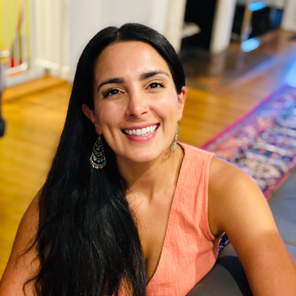
Leila says it was hurtful to be asked questions like, “Why are your arms hairy?” and “Why is your hair so frizzy?” as a child. So, she began to wax, chemically straighten her hair, and do everything that she could to be seen as a white person, even if that meant seeking out majority-white friendships in her youth.
“I was scared to tell people I was Middle Eastern,” Leila admits. “Why would I go be friends with Persians? Why would I embrace my culture?”
Ron Lapitan, a Filipino American man who lives in Fairfax, Virginia, believes that people don’t think of “their own culture as important because all you ever learn about is the accomplishments of white Christian men.” Ron’s parents came to the U.S. to continue their higher education in 1981. “We are all swimming in racist waters,” Ron adds.
“Everyone is brainwashed,” Syda Segovia Taylor, who is of Columbian and Honduran American descent and grew up in and currently resides in Chicago, tells me. Syda believes that the stereotypes perpetuated in the entertainment industry are a big reason why many people of color worldwide suffer from internalized racial prejudice and want to be white. For example, in telenovelas, the “servants have darker skin or the bad guys are the black guys” but “the protagonist is white [and] blonde [and] the heroes are lighter-skinned,” Syda says.“If you had lineage from Spain, you were very proud of that.”
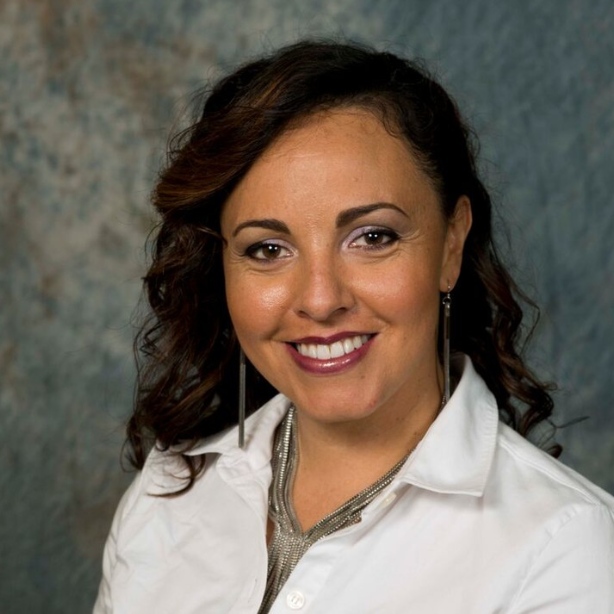
She says that her mother, who has a more olive complexion and tight curls, was also made fun of in school for having very curly hair when she moved to the United States, so she kept her hair in braids to avoid being ridiculed. Syda believes that people “might tolerate it [diversity], but they don’t know how to accept it” because diversity is expressed in a variety of different ways.
As Abdu’l-Baha wrote:
“Diversity of hues, form and shape enricheth and adorneth the garden, and heighteneth the effect thereof. In like manner, when divers shades of thought, temperament and character, are brought together under the power and influence of one central agency, the beauty and glory of human perfection will be revealed and made manifest.”
“When I’m in these [white] circles, I’m just not accepted the way I am,” Syda says. “I have to code switch. I have to tone down the way I communicate. I have to try not to use my hands so much. When I get loud, that’s just my natural way of talking [but] people just think I’m passionate [or] I’m irrational.”
“I feel [like] I have to change myself, so others don’t get turned off. If you hit a certain pitch, they won’t hear you,” Syda says.
What Made Them Aware of Systemic Racism and Anti-Blackness
Since white supremacy is reflected through systemic racism and anti-blackness, I wondered how conforming to white culture influenced the way they saw Black people.
“You avoid being in that social group,” Leila says. She says she was subtly taught that Black people are “something you don’t acknowledge.”
Hoda Hosseini, Leila’s mother, says she grew up thinking that America was “the land of liberty, justice, and equality” for all. But during her first visit to the United States in 1976, Hoda says a relative showing her around town accidentally made a wrong turn and drove into a poor Black community. Her relative became very tense. He told her, “Keep your head down and don’t look up!” Hoda says. But she did look up and saw that it was a rundown area with dilapidated houses. It made her realize that the U.S. is very separate and unequal. “I knew deep in my heart that this was not the America that I had romanticized,” she says.
The National Spiritual Assembly of the United States, the administrative governing body for the Baha’is in the U.S., addressed this systemic racism in 1991. In “The Vision of Race Unity,” they wrote:
“Prejudice and discrimination have created a disparity in standards of living, providing some with excessive economic advantage while denying others the bare necessities for leading healthy and dignified lives. Poor housing, deficient diet, inadequate health care, insufficient education are consequences of poverty that afflict African Americans, American Indians, and Hispanic Americans more than they afflict the rest of the population. The cost to society at large is heavy.”
Syda, who attended under-resourced public schools in Chicago — predominantly Black and Latino schools — didn’t realize the economic disadvantage she and her fellow students experienced until she was in sixth grade. That’s when a white friend showed Syda around her prestigious, predominantly white, private school. “I couldn’t believe that that was her school because it looked like an office building,” Syda says. “It had air conditioning. It had carpet. She had lockers. There was no lining up. There was no bell. It was such a different structure.”
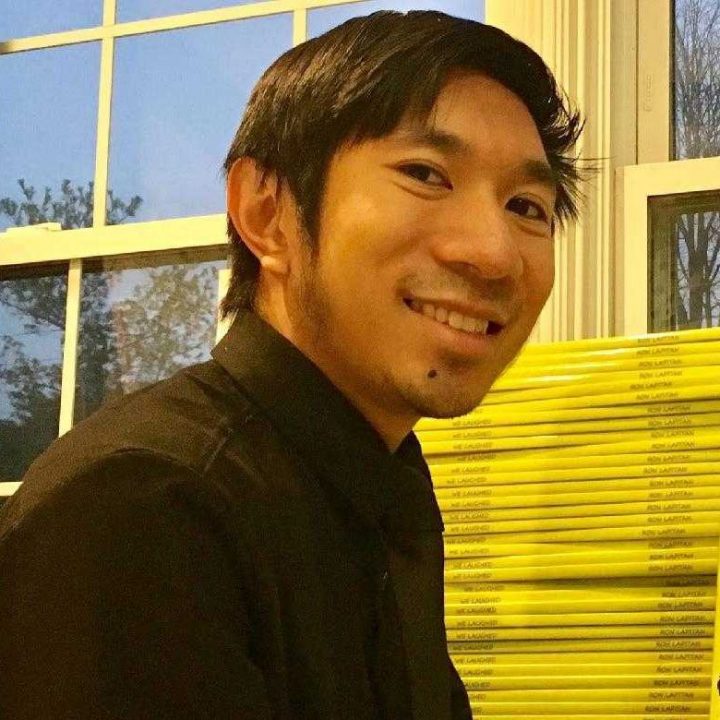
Ron says that he became aware of the reality of racism in this country ten years ago when he worked with homeless individuals. In all of his interactions, he noticed that “whenever the homeless individual was a Black man or a Black woman, the reason for their being homeless had to do something with conditions like where they grew up, what the school was like, what their opportunities were like. There is very much a school-to-prison pipeline.”
As the National Spiritual Assembly wrote:
“It is entirely human to fail if that which is most important to people’s self-perception is denied them — namely, the dignity they derive from a genuine regard by others for their stature as human beings. […] Absence of the genuine regard for others fostered by such truth causes hopelessness in those discriminated against; and in a state of hopelessness, people lose the coherent moral powers to realize their potential. This vitalizing truth, we are convinced, is summarized in the phrase: the oneness of humankind.”
Blocks to Working for Race Unity
Hearing the different experiences they had that made them aware of systemic racism and inspired them to work for race unity made me wonder, what will it take to encourage more members of their demographic to stand up for Black lives?
Ron says that Asian Americans are expected to be “the model minority that never agitates or challenges,” so they have a lot of pressure on them to never “rock the boat” or stand “out in ways that would compromise [their] privilege.” However, because we are in a time where it is becoming more popular to talk about systemic racism, he has noticed an increased interest in the Asian American community in talking about race.
Hoda tells me that many Iranians are unaware that “we live in a racist society with a racist past.” They have “[a] lack of education and proximity [with] people of African descent.” She says that Derik Smith’s document, “Centering the ‘Pupil of the Eye’: Blackness, Modernity, and the Revelation of Baha’u’llah” was crucial in helping her understand that Black people built this country. And her learning about race is essential to her forming close friendships with African Americans. As the Universal House of Justice, the global governing body of the Baha’is, wrote in a letter to the Baha’is of the United States on July 22, 2020:
“Ultimately, the power to transform the world is effected by love, love originating from the relationship with the divine, love ablaze among members of a community, love extended without restriction to every human being. This divine love, ignited by the Word of God, is disseminated by enkindled souls through intimate conversations that create new susceptibilities in human hearts, open minds to moral persuasion, and loosen the hold of biased norms and social systems so that they can gradually take on a new form in keeping with the requirements of humanity’s age of maturity.”
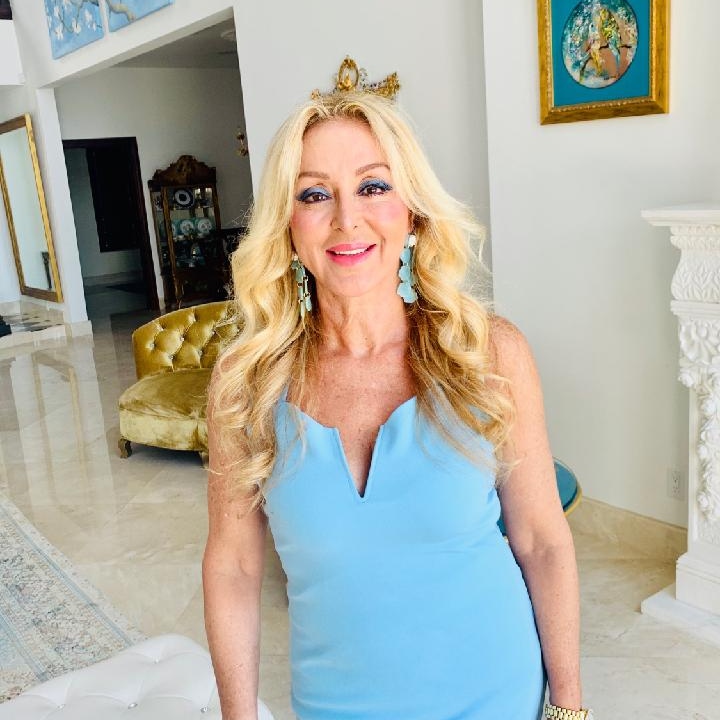
“Is it loving if you don’t invite a person of African descent into your circle of friendship and have them over for lunch and dinner and have a heart-to-heart?” Hoda asks. “Is it loving when an African American says something in a conversation, and then you say the same thing, but when you say it, you get affirmation? Is it loving to have apathy and estrangement? The deepest answers lie in us being extremely honest with ourselves because we’re living in a racist society which is bent on keeping it that way. What are we doing to make it better for our brothers and sisters?”
Baha’u’llah wrote, “The well-being of mankind, its peace and security, are unattainable unless and until its unity is firmly established.” As Hoda says, “the world is shrinking at a very fast rate” and “we need each other.”


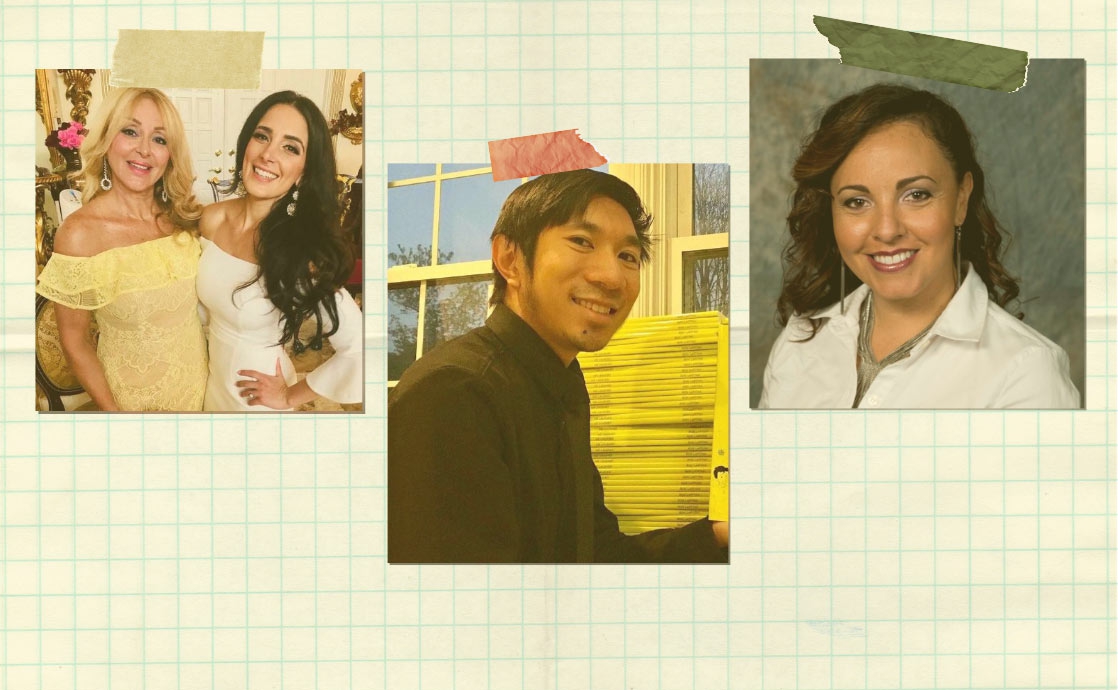













Comments
Sign in or create an account
Continue with Googleor